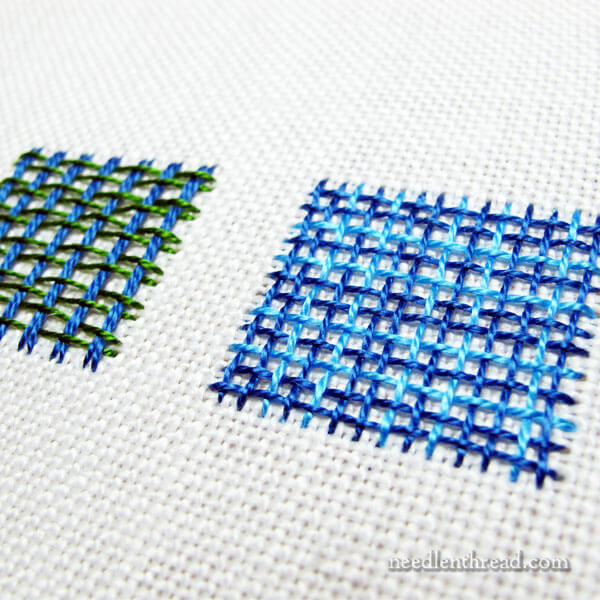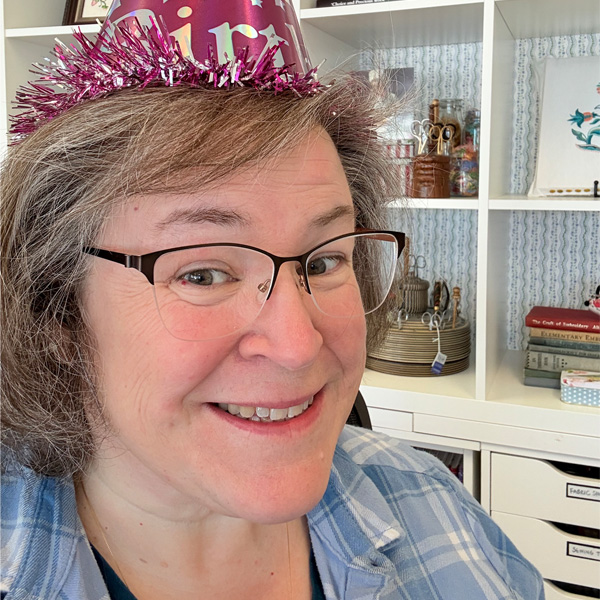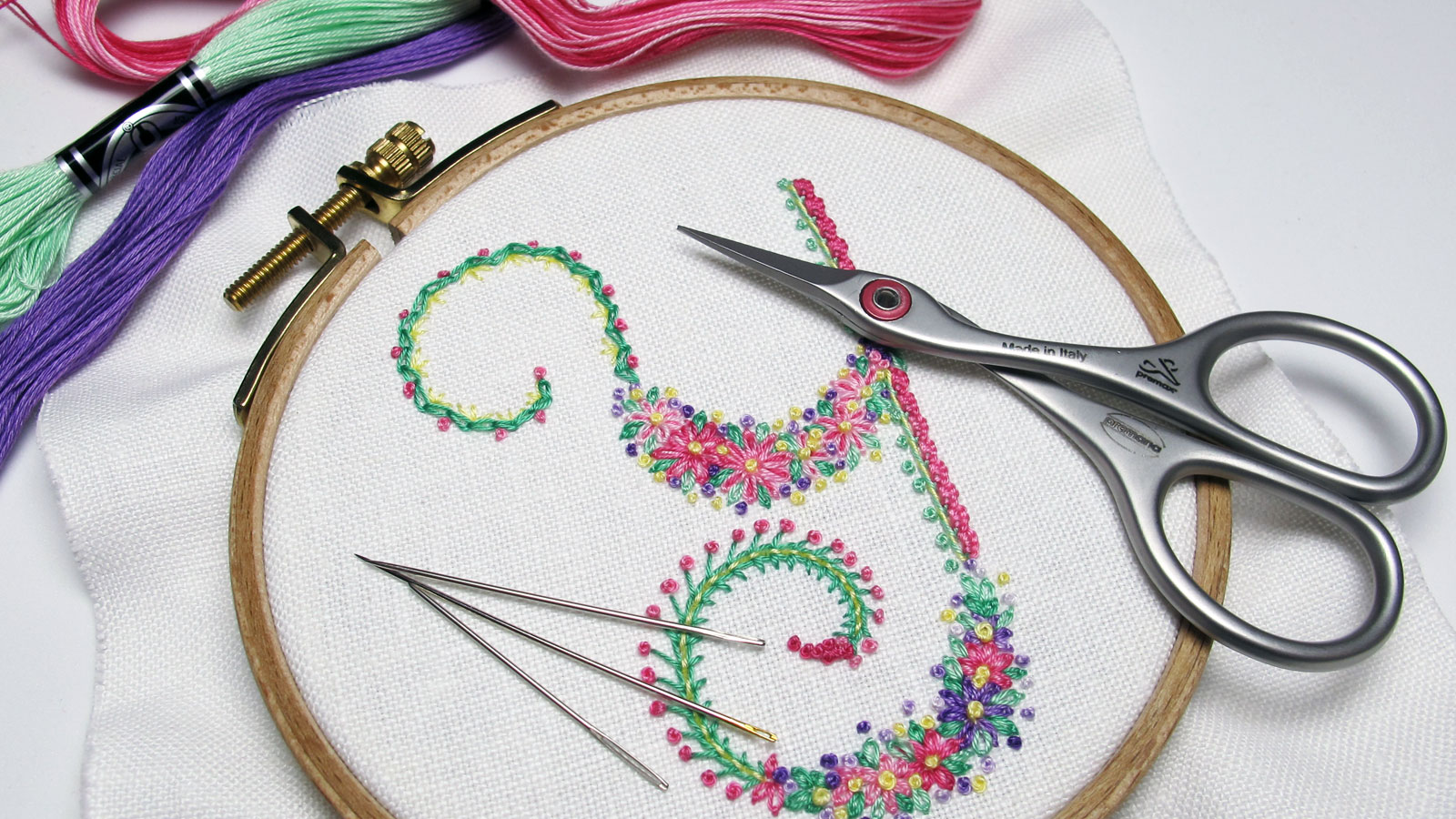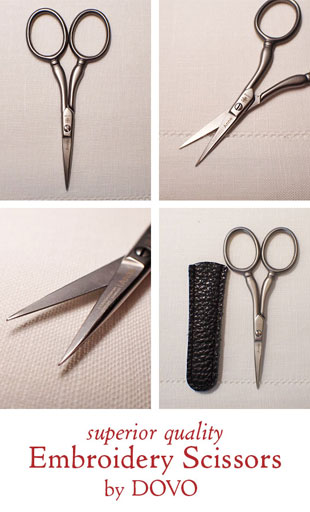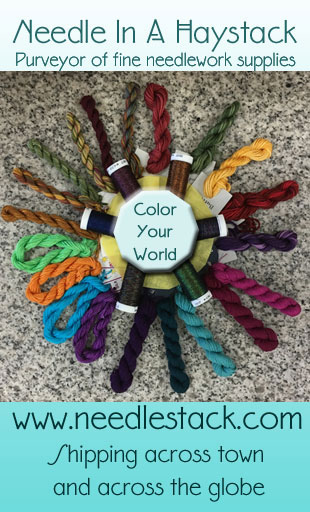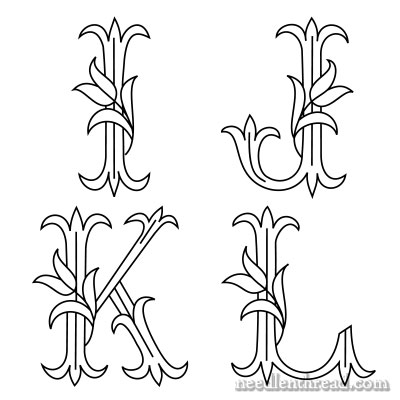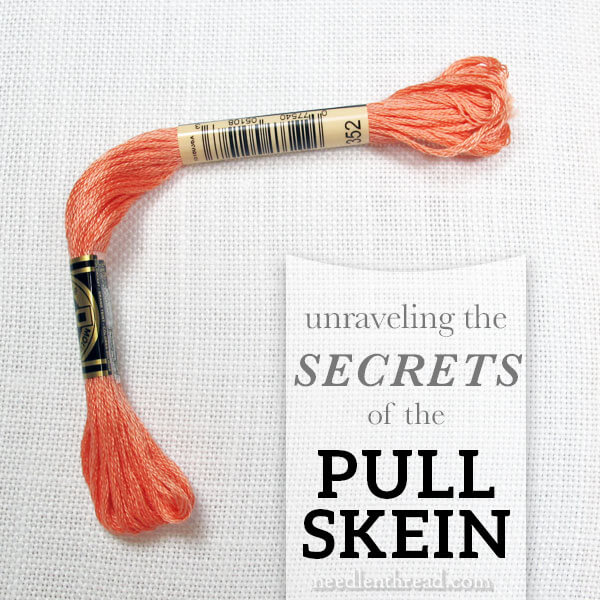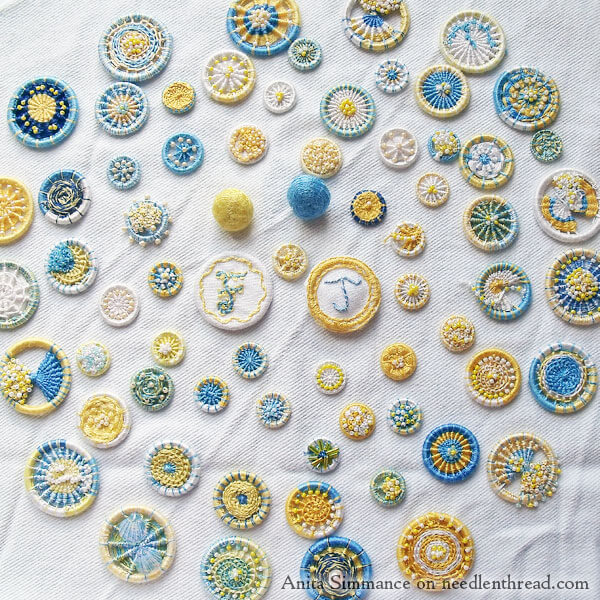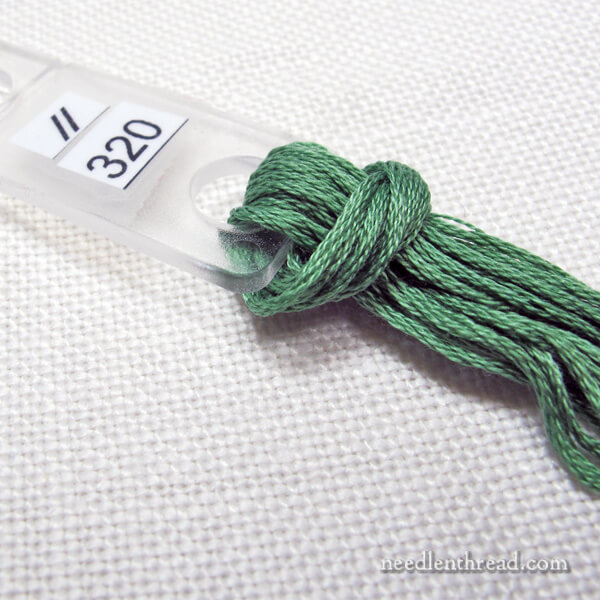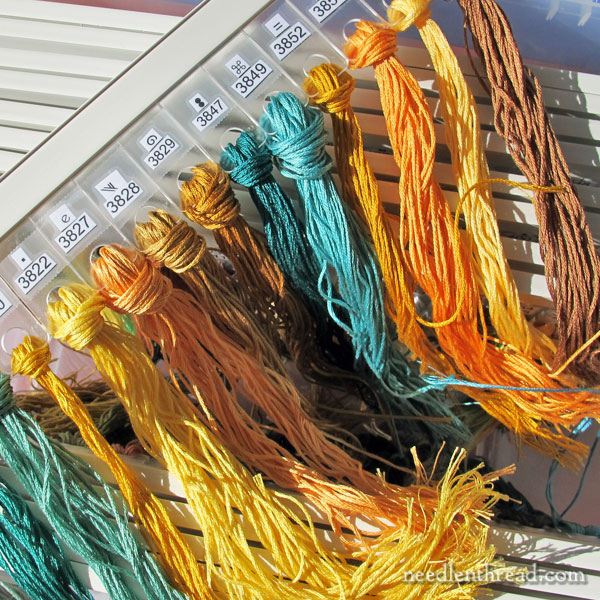September 29, 2015
Playing about with Needle Woven Fillings
Playing with embroidery stitches is Good for You.
It’s good for you, like sunshine and fresh air are good for you. Or fruit and vegetables. Or … chocolate…
When you allow yourself to dabble about and play with stitches, you learn a lot!
Besides learning just the construction of a stitch, you learn how to be really comfortable with it, how to mix it up, how to combine it with other stitches, how to expand the possibilities of the stitch.
There are other advantages to playing with stitches: it opens up new possibilities for your own projects, it gets your creative juices flowing, it gives you new ideas on color and texture combinations.
Oh yes. I’m a huge Advocate of Playing with Stitches. That’s why the Stitch Fun! series came about, and that’s why I encourage stitchers to indulge in random stitch samplers and doodle cloths.
It’s Good for You!
Lately, I’ve been playing with needle-woven fillings.
